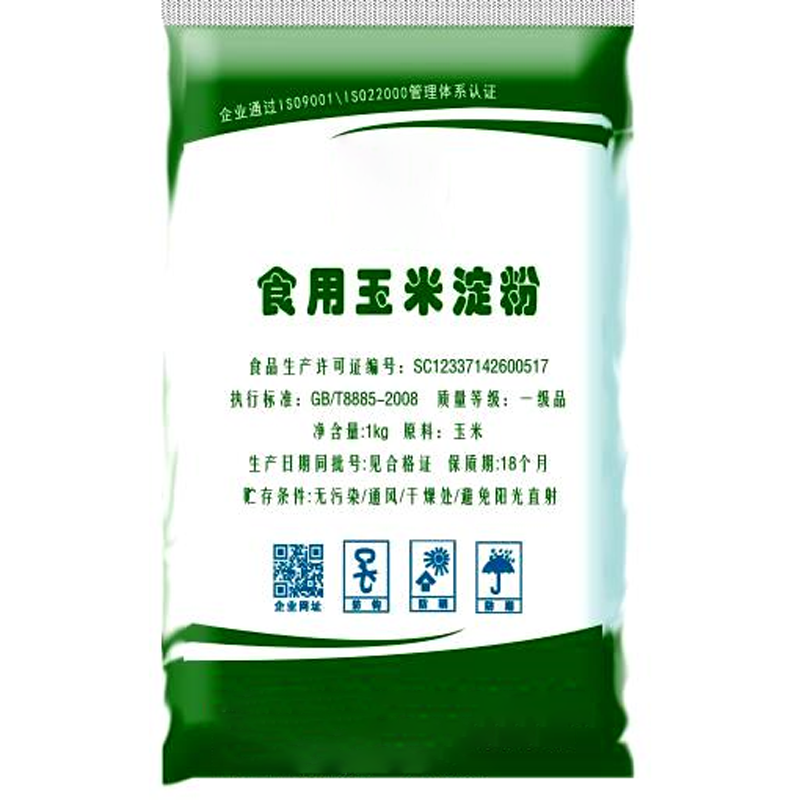Corn Starch
Production Application
Food Industry:
Corn Starch has huge applications in the food industry. It is used for thickening gravies, sauces, and pie fillings and puddings. It has its use in many baked good recipes. Corn starch is often used with flour and lends a good texture to wheat flour and makes it soft. In sugar wafer shells and ice cream cones it adds a reasonable strength. Corn starch is used as a dusting agent in a number of baking recipes. It is a useful item in manufacturing baking powder and in the dressing of salads. It plays a significant role in determining the texture of foods and thus is vital to both food manufacturers and consumers. As corn starch is free from gluten, it helps in adding some structure to baked goods and brings more tenderness to them. In shortbread recipes Corn starch is a common item where tender and crumbly texture is needed. While making substitute for cake flour it can be used in a small amount to all purpose flour. In batters, it helps to get a light crust after frying.
Paper industry:
In the paper industry corn starch is used for surface sizing and beater sizing. It plays a big role in increasing paper strength, stiffness and paper rattle. It also enhances erasability and appearance, forms a firm surface for printing or writing and sets up the sheet for subsequent coating. It has equally important role in improving the printing and writing features of sheets like ledger, bond, charts, envelopes, etc.
Adhesives:
In making pigmented coating for paper board a vital item is corn starch. Such coating adds a fine appearance to paper and improves printability.
Textile Industry:
A big advantage of using corn starch substitute is it does not thin down while sizing. It can be transformed easily within an hour into a smooth paste under pressure cooking. This is why corn starch replacement is widely used in textile industry. The viscosity of corn starch makes it possible to have uniform pick-up and penetration and ensures good weaving. Using cornstarch alternative in textile finishing the stiffness, appearance or feel of fabrics can be modified. Moreover, using it with thermosetting resins or thermoplastic a permanent finish can be obtained. In textile industry corn starch is used in various ways; it is used to polish and glaze the sewing thread, used as an adhesive to improve resistance to abrasion and strengthen warp yarn, in finishing it is used to change appearance and in printing it increases printing paste consistency.
Pharmaceutical Industry:
Corn starch is commonly used as tablet compression vehicle. Being free from pathogenic bacteria, its use is now extended to other fields like vitamin stabilising. It is also used as dusting powder in manufacturing surgical gloves.
Product Specification
| Item | Standard |
| Description | White powder,no off-odor |
| Moisture,% | ≤14 |
| Finene,% | ≥99 |
| Spot,Piece/cm2 | ≤0.7 |
| Ash,% | ≤0.15 |
| Protein,% | ≤0.40 |
| Fat,% | ≤0.15 |
| Acidity,T ° | ≤1.8 |
| SO2(mg/kg) | ≤30 |
| White % | ≥88 |
Production Workshop
Warehouse
R & D Capability
Packing & Shipping
Professional technical engineer dedicated to guide you
According to your actual needs, choose the most reasonable overall design and planning procedures
